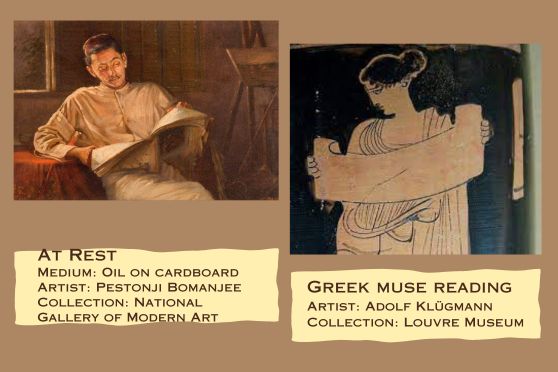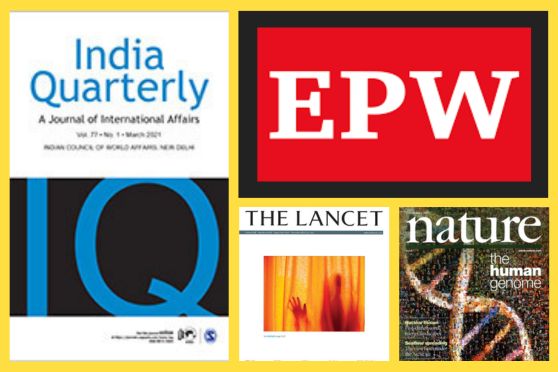Celebrate National Reading Week 2023: Three things to read that are not books


“The person who deserves most pity is a lonesome one on a rainy day who doesn’t know how to read.” ~ Benjamin Franklin
It’s monsoon, perhaps the best time to read. Oh, by the way, this is National Reading Week which started on 19 June. The biggest boon of print culture was that it expanded reading habits. Oral narratives were recorded and reached a wider audience only after people started reading. Listeners became readers and readers started analysing and interpreting stories out of their own subjective senses. Stories are the muse of people’s leisure and books are their rescue. But, to read, is a book the only option? Of course not. Living in the digital era, we are constantly pushed towards a virtual mode of reading, most often that are competing books.
This Generation doesn’t read the Newspaper
In favour of social networking, Gen Z–young people born between 1997 and 2010–are much more prone to the fast-paced short mode of consumption. They refuse to sit and read a newspaper. To them, information is available in real-time, at the click of a button and on their hand-held devices. Newspapers pale in comparison - because they give you old news. Likewise, the young psyche, that of a digital-native generation, is used to checking the news on the go and in bite-size pieces. As the traditional reading habit declines and evolves, new sources are available that are not books or newspapers or as long in format. Let’s take a look at 3 such categories:
Magazines
Magazines build personal libraries of past issues, highlighting their value as cultural artefacts. They have glossy pages, vibrant photographs, and creative typography that enhance the reading process, making it more engaging and inclusive. The physicality of magazines also allows readers to easily navigate between articles, bookmark pages, and make notes, fostering a sense of interaction and ownership over the reading material. This offline reading experience promotes relaxation, reduces screen time, and encourages mindfulness, enabling readers to immerse in stories of temporal patterns.

The most popular magazines that publish an array of information and feature stories from different pockets of the world are:
Blogs
Reading blogs can be a valuable tool for personal and professional development. Many blogs provide practical advice, tips, and success stories related to careers, entrepreneurship, self-improvement, and personal finance. Young readers can gain insights into various industries, learn about different career paths, and find guidance to make informed decisions about their future. Blogs not only offer information but also inspire creativity and self-expression. Many blogs are written by talented individuals who share their experience of various creative endeavours, such as photography, writing, art, travel, technology and fashion. By exploring these blogs, young readers in India can find inspiration, learn new skills, and nurture their own creative passions. Some of the popular online blog sites are:

Journals
Journals are not limited to academic content; they can also be a platform for creative expression. Students can use their journals to write poetry, sketch ideas, compose music, or explore any other form of artistic expression that complements their studies. Journals can be used to record notes, summaries, and insights from lectures, readings, and classroom discussions. This process of summarising and paraphrasing information helps students consolidate their understanding of the subject matter. Additionally, writing engages different cognitive processes and reinforces memory retention. When faced with academic challenges or complex problems, students can use their journals to brainstorm ideas, outline potential solutions, and evaluate different approaches. Writing down their thoughts helps students organise their thinking and generate creative solutions. Some of the most sought-after journals to recommend for students are:

There is always more to read, more to explore, more to learn and unlearn. To unlearn, diversity is the key. Unlearning helps us hear unheard narratives that are often buried under what is ‘popular’. Reading helps us travel. So this National Reading Week, read to expand your horizons of thought.